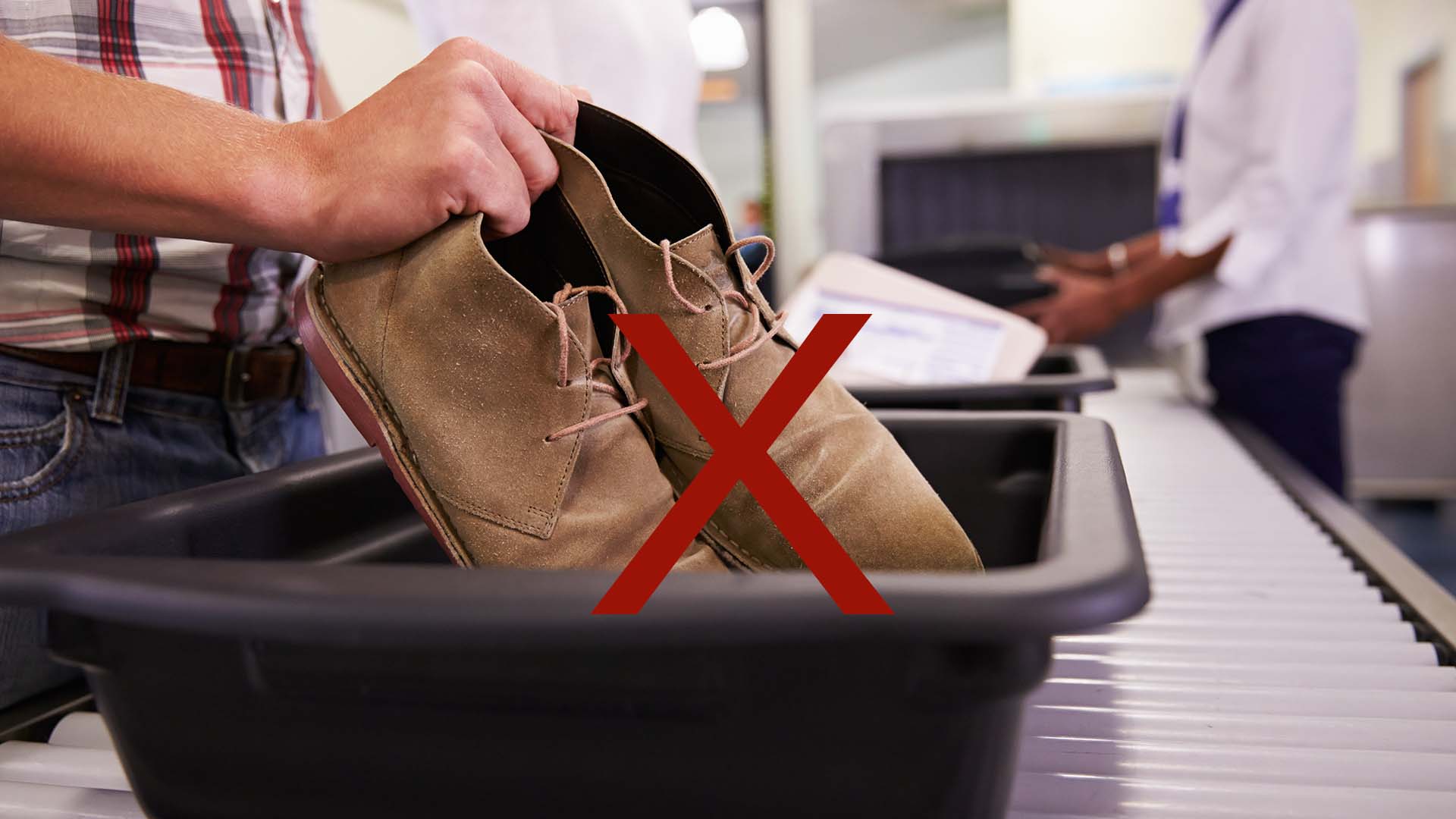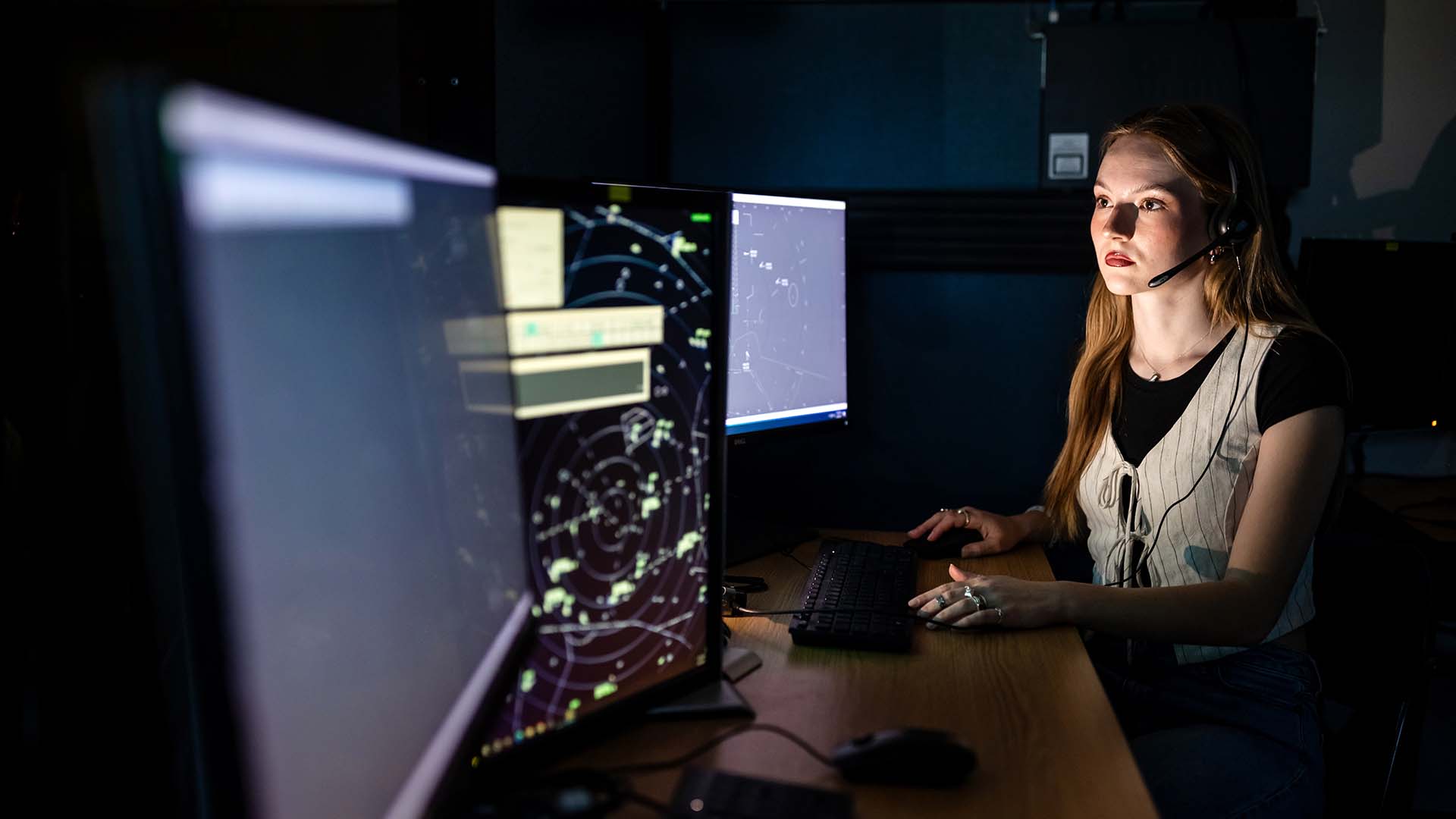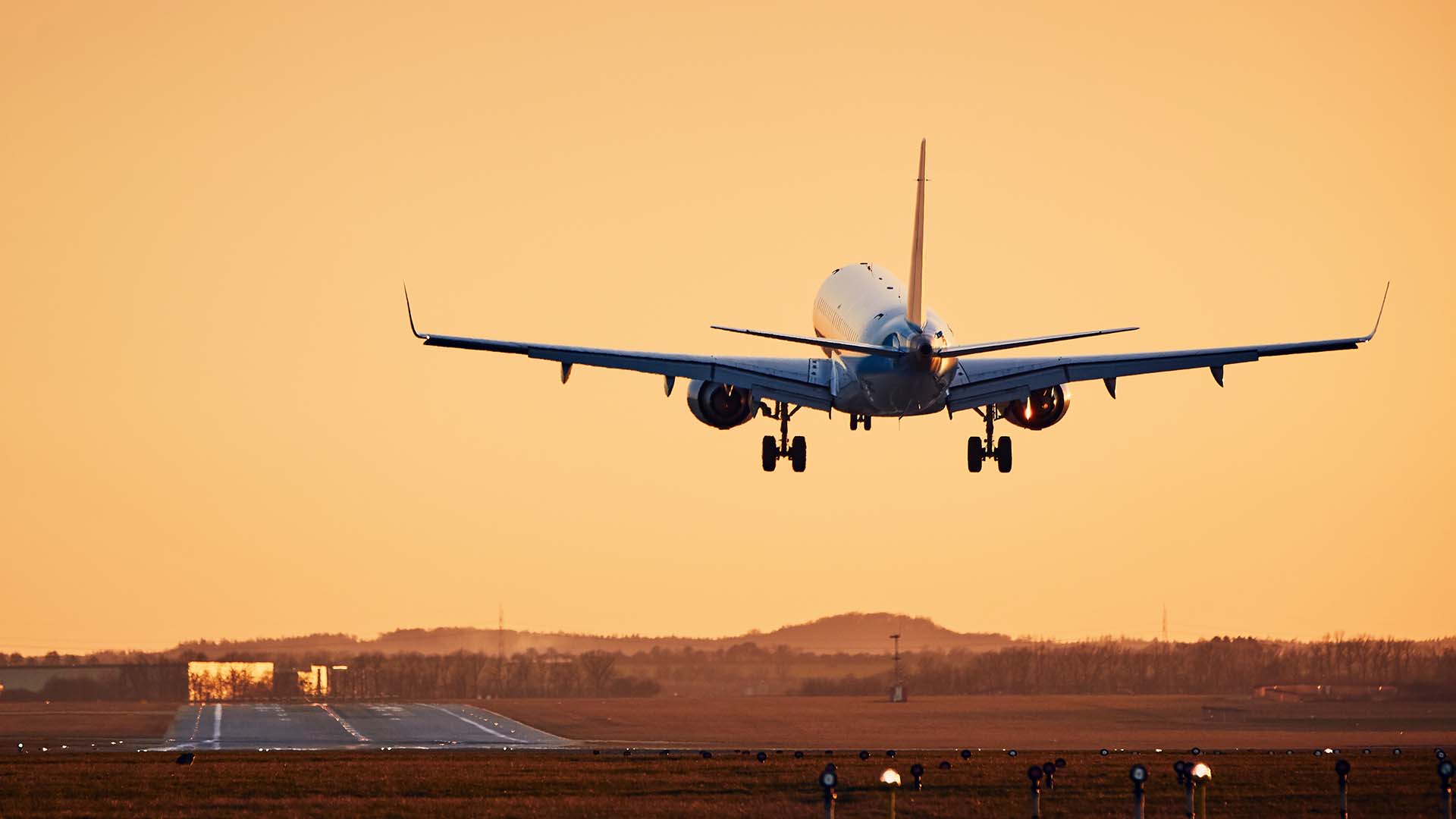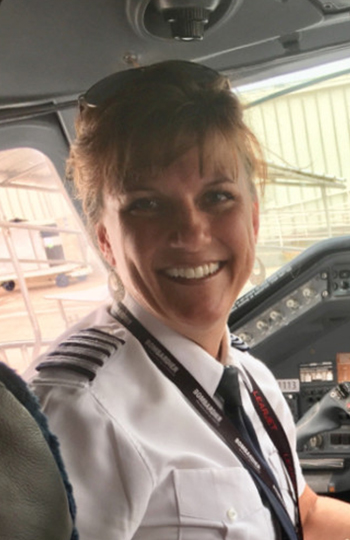Boeing’s 737 Max cleared for takeoff. Will travelers get on board?
The warehoused aircraft takes to the skies after Wednesday’s FAA announcement. Aviation expert Kevin Kuhlmann weighs in on the aircraft’s extensive repairs and the need to regain the public’s trust.
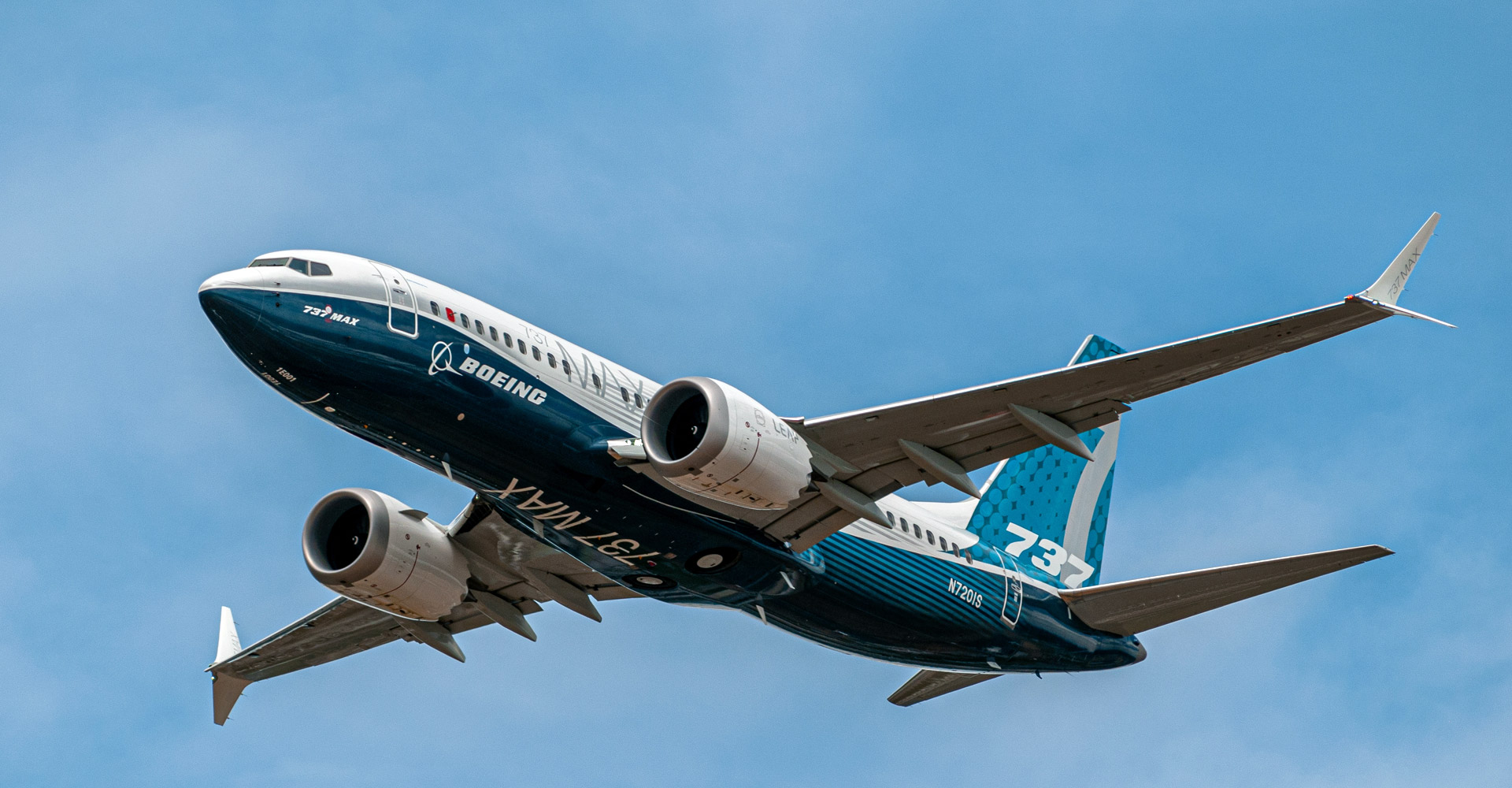
Now that the Federal Aviation Administration has declared Boeing’s 737 Max fit for the skies, regaining public trust in the aircraft’s safety will be the biggest part of its reintroduction, an aviation expert told RED.
“They’ve fixed their problems,” said Kevin Kuhlmann, professor and associate chair of Metropolitan State University of Denver’s Aviation and Aerospace Science Department. “As long as crews are properly trained and they’re operating according to safe policies and procedures, I have full confidence in the 737 Max aircraft itself – past, present and future.”
On Nov. 18, the FAA gave the go-ahead for the 737 Max to resume commercial service.
American Airlines will be first out of the gate with plans to resume service Dec. 29 between Miami and New York-La Guardia.
The largest 737 Max customer, Southwest Airlines, won’t start flying it again until April. And though United Airlines has a comparatively smaller percentage of the planes, the carrier has been involved throughout the update by helping to install and test the updated software.
Following the fatal crashes of Lion Air Flight 610 and Ethiopian Flight 302, the plane was grounded worldwide. Investigators later determined that so-called angle-of-attack sensors were feeding faulty information to an automated flight-control feature known as the Maneuvering Characteristics Augmentation System, which affected the pitch of the airplane. A subsequent congressional report into the international flights was released in September after an 18-month investigation.
Despite the report’s critical findings, Kuhlmann noted that the U.S. has seen an unprecedented long period of safety, approaching 20 years of major airlines flying domestically without a fatal incident. (The last domestic flight to have a fatal crash was American Airlines 587 out of LaGuardia on Nov. 12, 2001, when that Airbus A300’s vertical stabilizer was snapped off due to pilot error.)
“That’s not to downplay the tragedy of the situations that led us here – any loss of life is terrible,” he said. “But it underscores the importance of airmanship and maintenance, where the U.S. is often regarded as the gold standard in the airline industry.”
Extensive repairs
The maintenance and software updates required to get the 737 Max skyward again were thorough and quite extensive, Kuhlmann said. Changes were made to flight-control computers in every aircraft to ensure redundancy for both left-seat and right-seat pilots, as it’s extremely unlikely that both would fail at once. The FAA also ordered that MCAS software be updated so it won’t erroneously adjust the pitch of the plane.
Engineers performed special tests on the trim system – used to help maintain a stable flight –and installed warning lights, which used to cost more as an upgrade but now are standard.
In its oversight role, the FAA must approve each updated training program for the 737 Max. That includes updating flight and maintenance manuals with information that had originally been removed because of assumptions that any pilots flying would have been covered in previous models.
Getting the 737 Max back in the air will also help repair the pandemic-decimated bottom lines of the airline industry, Kuhlmann said.

The initial grounding was painful enough as airlines had to reshuffle their fleets; when the pandemic hit in March, air travel dropped 96% year over year; the industry is projected to lose $100 billion through 2021.
“The 737 Max is cost-effective and fuel-efficient,” Kuhlmann said, with a lower cost per seat-mile, which is key to the airlines’ profitability.
“The biggest thing is regaining the public trust to feel OK about getting back on the airplane when we come out of this and return to some sense of normalcy,” he said.

